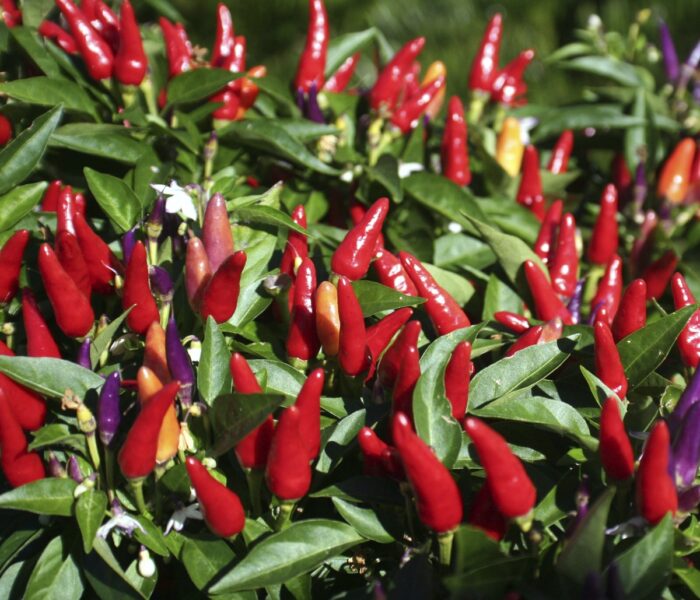Growing Peppers Indoors – Guidelines & Tips
Growing peppers indoors can be an exciting and rewarding feat. Whether you are a first-time gardener or an experienced green thumb, growing peppers indoors is easier than you might think. With a little know-how and some patience, your pepper plants will be thriving in no time.
Types of Peppers to Grow Indoors
When growing peppers indoors, consider the amount of space you have available. Bell peppers, jalapenos, and other sweet peppers tend to be the most popular choices for indoor cultivation, as they are generally much larger than hot and chili peppers. Growing bell peppers in containers inside can also produce larger fruits than those grown outdoors.
Choosing a Container
When looking for a container for indoor pepper cultivation, select something that is at least six inches deep and has a width of approximately 12 inches. This size ensures that there will be enough space for the roots to grow. Additionally, choose a container made from a material that has adequate drainage holes, as peppers require good drainage for healthy growth.
Creating the Right Soil for Growing Peppers
The soil you select should ideally be a mixture of perlite or vermiculite and organic matter, along with either a slow release fertilizer or a liquid fertilizer. If you are planting numerous pepper plants in a container, be sure to add extra soil to ensure the roots can reach their full potential.
Providing Adequate Sunlight
Pepper plants require a minimum of four to six hours of direct sun each day for healthy growth, so be sure to place your container near a south or western-facing window for optimal results. Regularly check to ensure that the soil is not drying out quickly and add water when necessary.
Pollinators
Pollinators are crucial for the production of peppers. Although there is traditionally more insect activity outdoors, you can encourage pollinators to visit your pepper plants indoors by using a fan to create air movement. Additionally, you can introduce insects into the environment, such as ladybugs or bees.
Harvesting Peppers
When harvest time arrives, the pepper should be given a slight twist and removed from the stem. If you are unable to harvest the pepper, it is advised to leave it on the plant, as this will allow it to ripen further.
Growing peppers indoors is a great way to get in touch with nature and enjoy garden-fresh peppers year round. With a little effort and proper care, your pepper plants will be producing tasty fruits in no time!



